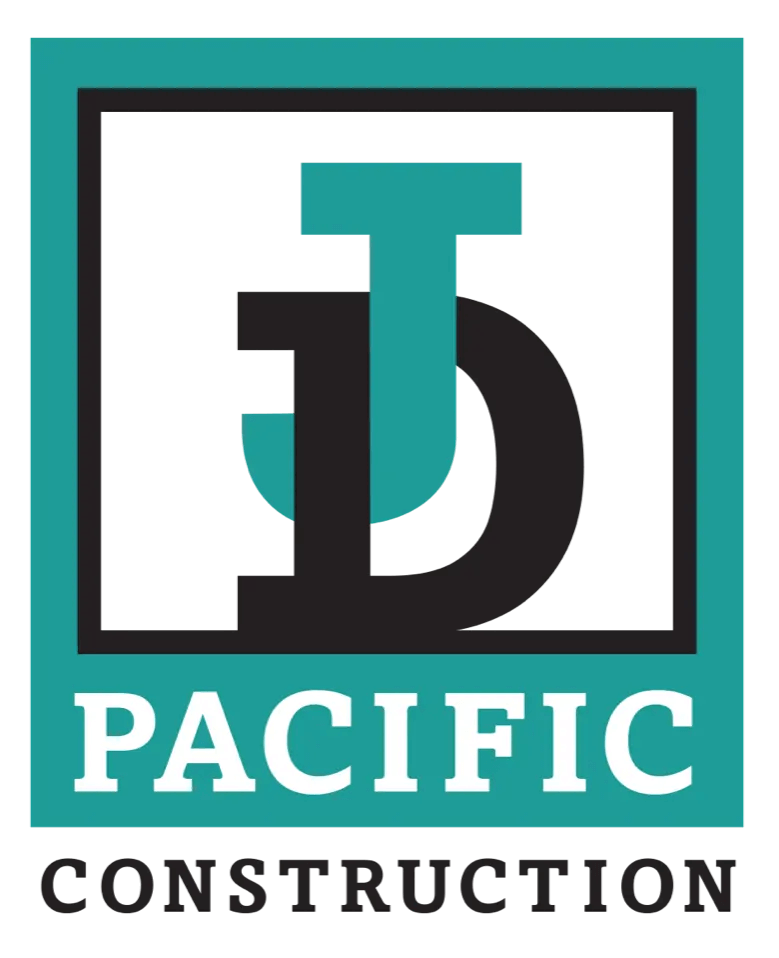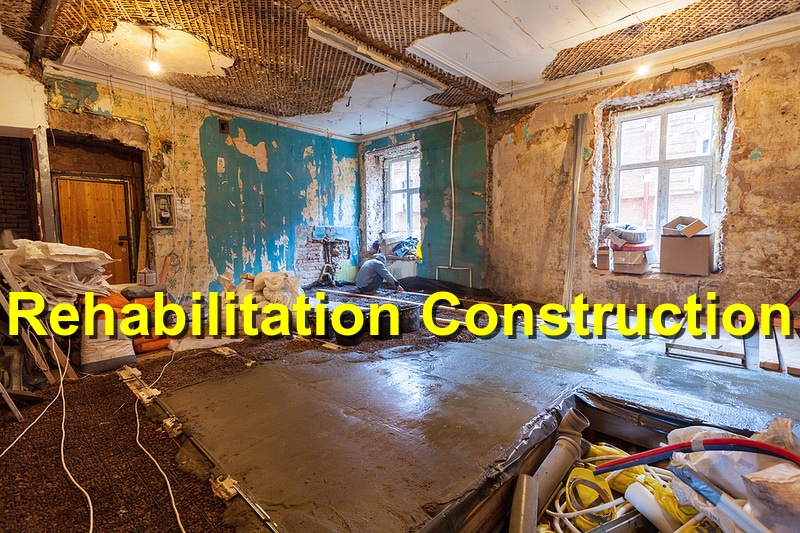As the commercial real estate market evolves, building rehabilitation has become a priority for developers and property owners. In 2025, the focus is on sustainability, cost efficiency, and enhancing building performance. Instead of demolishing old structures, rehabilitation offers a greener and often more economical alternative, extending the lifespan of commercial properties while adapting them to modern needs.
This article explores key trends in commercial building rehabilitation, offering insights into emerging techniques, technologies, and strategies that maximize building longevity.
1. Embracing Adaptive Reuse
1.1 Transforming Spaces for New Purposes
Adaptive reuse involves repurposing existing buildings for new functions:
- Convert old factories into modern offices, retail spaces, or cultural centers.
- Revitalize historic buildings while maintaining architectural integrity.
- Turn underused commercial properties into mixed-use developments.
1.2 Benefits of Adaptive Reuse
This approach offers significant advantages:
- Reduces construction waste and environmental impact.
- Preserves cultural heritage, attracting tourism and community interest.
- Often more cost-effective than complete demolition and new construction.
In 2025, adaptive reuse is not only a sustainability strategy but also a smart business move.
2. Prioritizing Energy Efficiency
2.1 Green Retrofitting
Upgrading old buildings with energy-efficient systems enhances longevity and performance:
- Install smart HVAC systems, LED lighting, and energy-efficient windows.
- Integrate renewable energy sources, such as solar panels and geothermal systems.
- Improve insulation to reduce heating and cooling costs.
2.2 Leveraging Smart Technology
Smart building technology enables better energy management:
- Automated systems help monitor energy use and optimize resource consumption.
- IoT (Internet of Things) sensors detect maintenance needs early, preventing costly repairs.
- Smart thermostats and lighting controls adapt to occupancy patterns, saving energy.
Energy-efficient updates not only extend building life but also boost property value.
3. Enhancing Structural Integrity
3.1 Structural Assessments and Upgrades
Before rehabilitation, a thorough assessment is essential:
- Conduct structural evaluations to identify weaknesses and areas needing reinforcement.
- Repair or replace compromised elements, such as foundations, support beams, and roofing systems.
- Use advanced materials, like carbon fiber wraps or high-strength concrete, for long-lasting repairs.
3.2 Seismic Retrofitting
For buildings in earthquake-prone areas, safety upgrades are vital:
- Add bracing systems, shear walls, or base isolators to enhance stability.
- Incorporate flexible materials that absorb shock and reduce damage.
- Follow local building codes to ensure compliance and safety.
Structural improvements enhance durability and reduce the risk of future damage.
4. Focusing on Sustainability and Resilience
4.1 Incorporate Sustainable Materials
Eco-friendly materials are trending in building rehabilitation:
- Use recycled or reclaimed materials, such as wood, steel, and brick.
- Opt for low-VOC (volatile organic compound) paints and finishes to improve indoor air quality.
- Install green roofs or living walls to promote biodiversity and reduce heat absorption.
4.2 Climate-Resilient Design
With climate change concerns, resilient design is essential:
- Enhance building envelopes to withstand extreme weather.
- Install flood-resistant systems, such as elevated electrical installations and waterproof barriers.
- Improve drainage systems to prevent water damage.
Sustainability efforts not only extend building lifespan but also lower operational costs.
5. Modernizing Building Systems
5.1 Upgrade Mechanical and Electrical Systems
Outdated systems can limit building functionality:
- Replace old plumbing, heating, and cooling systems with modern, efficient models.
- Update electrical wiring to accommodate smart technology and increased power demands.
- Integrate fire safety systems, including sprinklers, alarms, and emergency lighting.
5.2 Improve Accessibility and Compliance
Rehabilitation projects should meet modern standards:
- Ensure ADA (Americans with Disabilities Act) compliance by adding ramps, elevators, and wider doorways.
- Upgrade signage and install assistive technologies for inclusive access.
- Incorporate design elements that support safety and comfort for all users.
Modernized systems increase building safety, efficiency, and marketability.
6. Implementing Predictive Maintenance
6.1 Use Technology to Monitor Building Health
Predictive maintenance prevents small issues from becoming major problems:
- Install sensors to monitor structural health, detect leaks, and track system performance.
- Use software platforms that analyze data and predict maintenance needs.
- Schedule regular inspections based on predictive analytics to address wear and tear proactively.
6.2 Extend Lifespan Through Proactive Care
A proactive maintenance approach keeps buildings in optimal condition:
- Perform routine checks on roofs, foundations, and critical systems.
- Conduct seasonal maintenance, preparing for weather changes.
- Maintain detailed maintenance logs to track performance and identify trends.
Predictive maintenance minimizes downtime and reduces costly repairs.
7. Balancing Aesthetics with Functionality
7.1 Design with Purpose
Rehabilitation projects offer a chance to reimagine spaces:
- Blend modern design elements with original architectural features.
- Update interiors to support new uses, such as open-concept layouts for offices or retail spaces.
- Enhance exteriors to boost curb appeal and attract tenants or customers.
7.2 Prioritize Practical Enhancements
Practical updates contribute to building performance:
- Improve lighting, ventilation, and acoustics to enhance occupant comfort.
- Design flexible spaces that adapt to changing needs.
- Integrate safety features, such as anti-slip flooring and ergonomic designs.
A balanced approach ensures buildings are both beautiful and functional.
Conclusion
The rehabilitation of commercial buildings in 2025 is driven by innovation, sustainability, and a focus on extending building lifespan. By embracing adaptive reuse, prioritizing energy efficiency, and modernizing building systems, property owners can maximize the value and functionality of their investments.
With predictive maintenance and a commitment to resilience, rehabilitated buildings can thrive in today’s market while supporting environmental goals. Whether upgrading for new tenants or future-proofing a property, staying ahead of these trends is key to success in the commercial construction industry.
References: Wordstream, Teambonding




